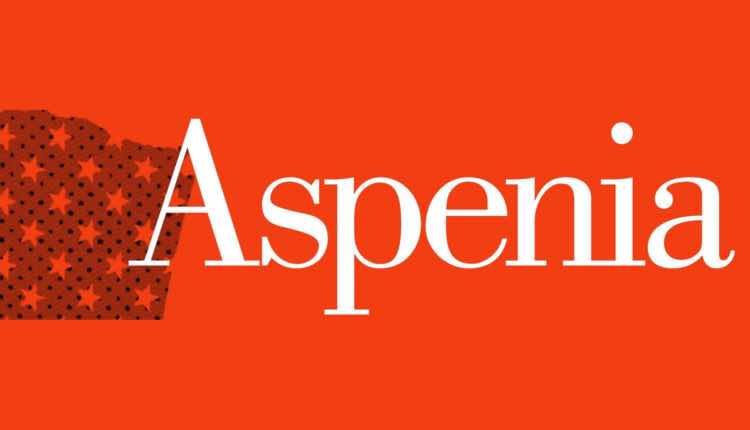For almost the entire election season, the two political parties will compete with each other over who is more in line with the “common man”, and will label the other party as “elitist” and “out of touch.” The exception will be a period late this summer, during which Democrats and Republicans will formally nominate their candidates and kick off the general election season with huge, multi-day parties that will cost tens of millions of dollars.
On August 27th, roughly 50,000 Republicans will descend on the Tampa Convention Center in Tampa Bay, Florida to nominate Mitt Romney as their candidate for the presidency. A week later, approximately 35,000 Democrats will convene in the Time Warner Cable Arena in Charlotte, North Carolina for three days. On the final day, President Obama will accepthis party’s nomination in a speech at the Bank of America Stadium. Ironically, the venue has been temporarily renamed the “Panthers” stadium (mascot of Charlotte’s NFL team) because holding a huge party in a stadium named after a massive financial corporation might not “look good”.
But does any of it look good? Surely the contrast between these convention parties – which will be televised ad nauseam – and the economic insecurity experienced by the average American household can’t help win votes. So why have them in the first place?
In fact, there may be signs that big conventions are going out of style. Many Democratic and Republican elected officials say they will skip their respective conventions, including Senators Claire McCaskill (D-MO), Jon Tester (D-MT), and Joe Manchin (D-WV), and Representatives John Barrow (D-GA), Nick Rahall (D-WV), Mark Critz (D-PA), Charlie Wilson (D-OH), Joe Walsh (R-IL), Denny Rehberg (R-MT), Heather Wilson (R-NM), former Governor Linda Lingle (R-HI), the last three of which are running for the US Senate. Minority Leader Nancy Pelosi has actually advised members in contentious districts to skip the Democratic gathering. And former President George W. Bush recently announced that he would also miss his party’s convention, unusual because former presidents usually serve in high-profile speaking roles.
Conventions are also becoming harder and harder to pay for, at least on the Democratic side. Democrats had hoped to raise $37 million to cover costs, but so far have only raised $10 million as supporters shift their focus to field operations (American political parties also receive $18 million in public funds to cover convention expenses, but as costs escalate this sum represents a smaller and smaller share of the total cost).This shortfall led to the party scaling back its convention to three days instead of the traditional four. Former Republican PartyChairman Haley Barbour is advising his own party to follow suit.
However, one should not read too deeply into these trends and assume that conventions are on their way out, because conventions play a vital role for parties in ways that are perhaps not immediately obvious.
First, the intermingling of party activists allows for interactions that transcend geographic boundaries. This permits activists and other party workers to exchange ideas, fostering innovation and the adoption of best practices.This intermingling also allows party activists to meet and perhaps make valuable professional connections. But this is not only for personal gain – this type of networking actually promotes a more efficient allocation of talents within the party apparatus because potential employers are exposed to a larger pool of workers from which they can draw.
Second, campaigning is tough work with little reward, and it is easy to get disheartened. What keeps many campaign workers going is knowing that there are others out there working just as hard. Unfortunately, the day-to-day of campaigning can be a solitary exercise. Most campaigns have a small staff, especially at the beginning, and usually canvassers walk alone. So it is easy for activists to feel as if they are toiling in the trenches alone. The conventions serve to rally the troops not just through pomp and circumstance but by allowing activists to see just how many other people are out there putting in as much effort as them. This jolt of confidence and solidarity happens at a pivotal moment in the campaign as it reaches the final stretch.
Third, most political communication is either heavily filtered through the media or must fit in thirty-second advertisements, and it is generally driven by the candidate or outside groups. Conventions are one of the rare opportunities for parties themselves to craft a message and project their image in a relatively unfiltered way.
And finally, the convention is also where the party officially nominates a candidate and votes on its policy platform. It’s true that the candidate’s nomination is nearly always predetermined, but the platform can undergo changes during the process. Moreover, the platform is more credible if it appears as if it emerged from a democratic process, even though most of the details will be decided ahead of time by the nominee and his or her staff.
So rest assured: conventions may be scaled down, but they’re not going anywhere.

